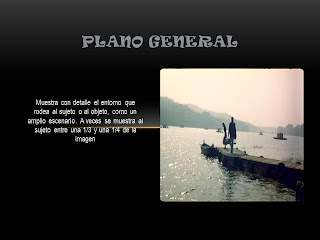jueves, 25 de abril de 2013
lunes, 22 de abril de 2013
News
Government Defends Against Constitutional Court The Framework For Peace
"Research case by case, rather than ensure justice, creates a situation of de facto impunity not adequate to meet the rights of victims and overloaded justice system."
With arguments like this, the Government argued before the Constitutional Court the legal framework for peace as the best strategy to achieve "the transition from armed conflict to peace."
In 39 pages, the Ministries of Interior, Justice, the High Commissioner for Peace, Legal Secretariat of the Presidency and four other entities of State asked the Court the constitutionality of the legal framework, which was sued by the Colombian Commission of jurists. Recently, the Attorney filed its concept, in which he called sink the legislative act because, see, generate impunity in an eventual signing of the peace process with the FARC.
Throughout the document, the Government countered that argument and explained the advantages of transitional justice, says, seeks to concentrate efforts on investigating the "most responsible" for the crimes "most serious" and macrocriminality reveal patterns.
With arguments like this, the Government argued before the Constitutional Court the legal framework for peace as the best strategy to achieve "the transition from armed conflict to peace."
In 39 pages, the Ministries of Interior, Justice, the High Commissioner for Peace, Legal Secretariat of the Presidency and four other entities of State asked the Court the constitutionality of the legal framework, which was sued by the Colombian Commission of jurists. Recently, the Attorney filed its concept, in which he called sink the legislative act because, see, generate impunity in an eventual signing of the peace process with the FARC.
Throughout the document, the Government countered that argument and explained the advantages of transitional justice, says, seeks to concentrate efforts on investigating the "most responsible" for the crimes "most serious" and macrocriminality reveal patterns.
viernes, 12 de abril de 2013
jueves, 4 de abril de 2013
martes, 2 de abril de 2013
Resumen O Cometario De Video Historia De Las Cosas
Cabe decir que las personas se obsesionan con el consumismo y, es más, cuando se trata de nuevas tecnologías. Las cosas que compramos y que después desechamos pasan por distintas fases: extracción, producción, distribución, consumo y descarte. A esto se le llama economía de materiales. No obstante, este sistema de economía está en crisis porque se trata de un sistema lineal y porque vivimos en un planeta limitado.
En la vida real este sistema interactúa con sociedades, culturales, económicas, y es fundamental, con el medio ambiente.
En todo el sistema es considerable tener en cuenta a las personas que trabajan en dicho sistema, que son por otra parte, de gran importancia, como el Gobierno y las Corporaciones.
Cabe decir que las personas se obsesionan con el consumismo y, es más, cuando se trata de nuevas tecnologías. Las cosas que compramos y que después desechamos pasan por distintas fases: extracción, producción, distribución, consumo y descarte. A esto se le llama economía de materiales. No obstante, este sistema de economía está en crisis porque se trata de un sistema lineal y porque vivimos en un planeta limitado.
En la vida real este sistema interactúa con sociedades, culturales, económicas, y es fundamental, con el medio ambiente.
En todo el sistema es considerable tener en cuenta a las personas que trabajan en dicho sistema, que son por otra parte, de gran importancia, como el Gobierno y las Corporaciones.
Algunos países como EE.UU confirman que para mejorar la economía es imprescindible destinar en bienes de consumo, antes que en educación, sanidad, transporte seguro, justicia..., y para ello, sugieren 2 métodos:
a) Obsolencia planificada, es decir, diseñar cosas para que sean desechables lo más rápido posible.
b) Obsolencia percibida, es decir, inducir a las personas para que tiren cosas que todavía son de utilidad, así mejoran la apariencia de las cosas haciéndolas más modernas
b) Obsolencia percibida, es decir, inducir a las personas para que tiren cosas que todavía son de utilidad, así mejoran la apariencia de las cosas haciéndolas más modernas
Suscribirse a:
Comentarios (Atom)


















